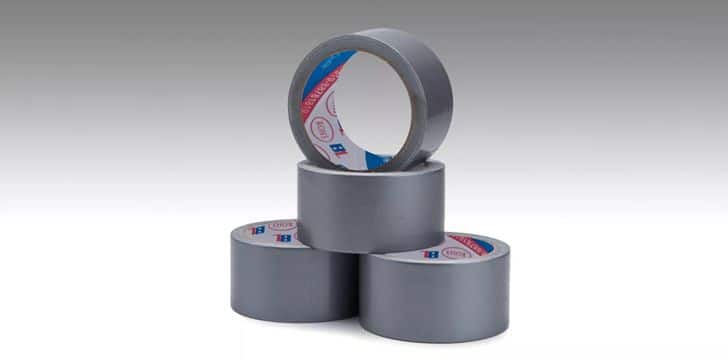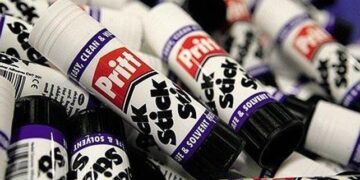Everyone’s used duct tape for something at some point. It is, by far, one of the handiest everyday tools you could use in life.
So you’ve got to have wondered at some point: where did it come from? And what practical uses was it originally invented for?
Well, let’s find out together!
Duct Tape Origins
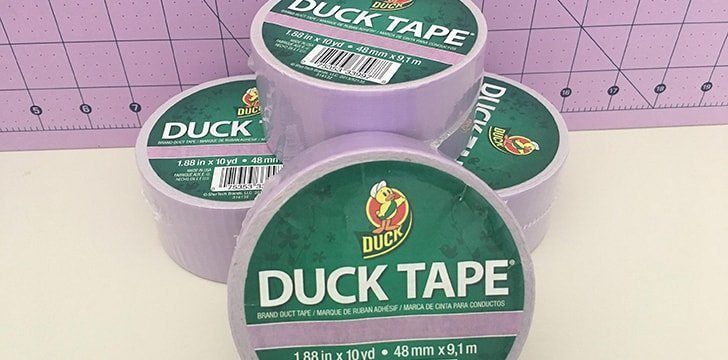
Duct tape was first thought up by a lady named Vesta Stoudt.
A mother of two Navy servicemen who worked in the Green River Ordnance Plant, Illinois, packing cartridges used for rifle-launched grenades.
These cartridges were packed in boxes of eleven, taped and waxed to make them waterproof and damp-proof.
Only the thin paper tape would often break, making it hard for soldiers to open the cartridges in the heat of battle.
Vesta proposed a strong, cloth-based tape to close the seams and to make easy pull tabs.
Although lots of people said it was a good idea, nobody ever moved towards changing the tapes. This was until Vesta wrote a letter to FDR himself with the suggestion.
Duct Tape Uses in The Army
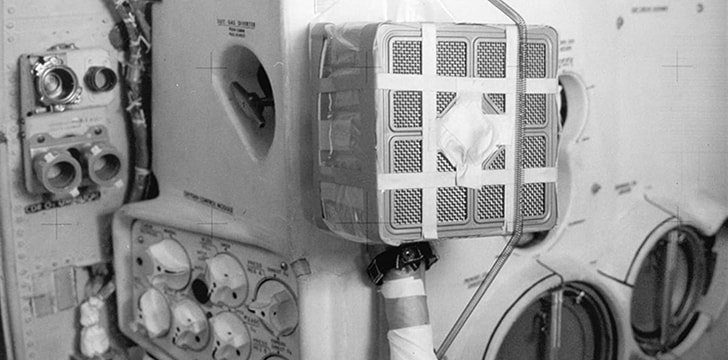
Roosevelt, also the parent of serving sons, sent the letter over to the War Production Board who put out a request for a cloth-based waterproof tape.
A subsidiary of Johnson & Johnson answered this request with a rubber-based adhesive material applied to a durable duck cloth backing.
It worked perfectly as a water-resistant sealant.
The US Army used it to mend windows, seal ammo crates, and even as a type of temporary bandage for sealing wounds.
Back then, it was a standard military green color, and it was known as “duck tape” rather than “duct tape”. This was due to the waterproof duck-cloth backing that the adhesive was applied to.
It was also known as “hurricane tape” or “100 miles an hour tape”. This was due to its ability to withstand massive air pressures, but we’ll get back to that one later.
When the war was over, soldiers bought the tape back with them and the following housing boom launched it into the commercial market.
It became widely known as a great way to hold together pipes and heating or air conditioning ducts, becoming remarketed as “duct tape” and obtaining its trademark silver color.
Duct Tape in the Vietnam War
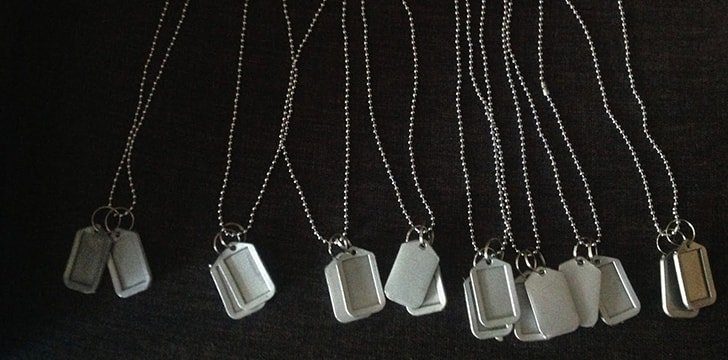
When the Vietnam War broke out, duct tape once again saw action on the front lines.
Soldiers would often use duct tape to fix their magazines together. They even used it to tape their dog tags and loose equipment together to stop them from rattling about.
However, with the military push for air mobility in Vietnam, a new use for duct tape was found: fixing and balancing broken helicopter rotor blades.
Often during the Vietnam War helicopters would play a part in intense battles. The rotor blades would often get shot up and cause problems with the aerodynamic integrity and control of the helicopter.
Whenever crews landed and refueled they would use duct tape to cover the impact holes in the rotors until they could get new rotor blades.
A measure that actually worked due to the high wind resistance offered by the tape (“100 miles an hour tape” am I right?!)
Duct Tape Uses in the Gulf Wars.

Likewise, duct tape saw action in both the Gulf Wars as a repairing tool for helicopters.
Due to desert sandstorms, the edges of the helicopters’ rotor blades were often eroded and worn down by the sand.
After all, sand is coarse, rough, irritating, and it gets everywhere.
So technicians would cover the edges of the rotors with duct tape to protect them from desert wear and tear.
Duct Tape in Space.
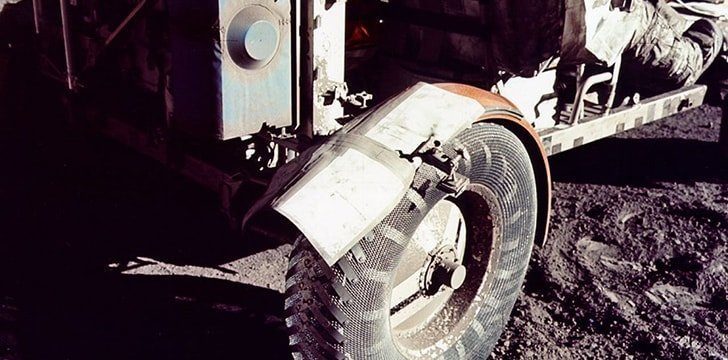
Duct tape is also taken into every space mission by astronauts since the Genesis mission.
It was even used during the ill-fated Apollo 13 space mission.
The crew used it to fix the broken carbon dioxide filters, which was one of the things that saved their lives.
So there you have it, a little history and a hell of a lot of interesting uses for duct tape over the years!
